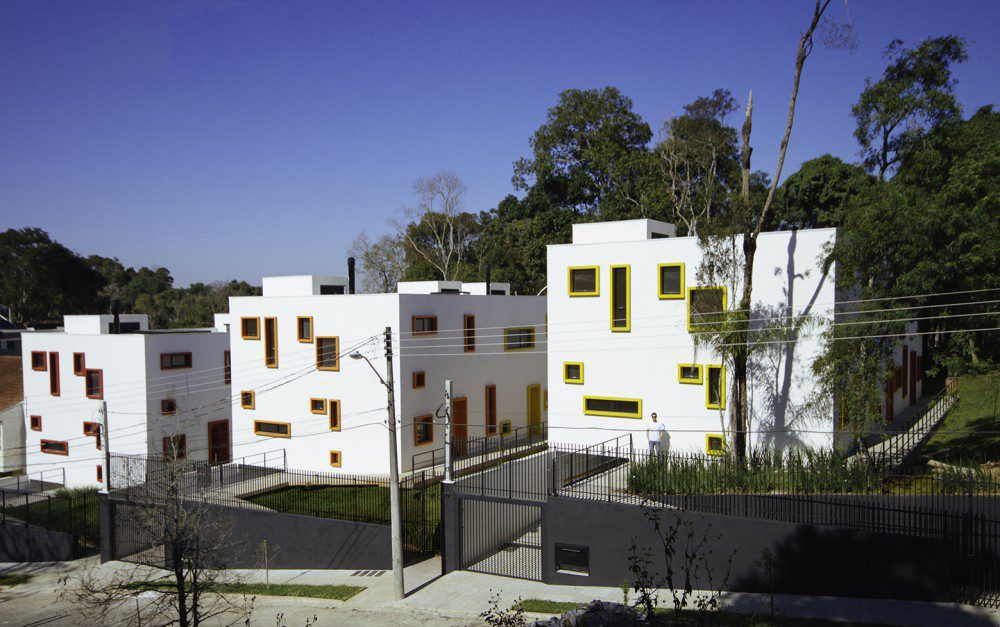Rejecting the Ribbon Window: 7 Architectural Experimentations With Fenestration
Architizer is thrilled to announce the winners of the 10th Annual A+Awards. Want to earn global recognition for your projects? Sign up to be notified when the 11th Annual A+Awards program launches.
In his 1927 manifesto, Five Points of Architecture, Le Corbusier made horizontal windows a core concept of his architectural philosophy. These long narrow windows which could wrap around the façade’s length like a ribbon, he argued, were the best way to offer evenly light spaces throughout a building without compromising privacy. Le Corbusier’s ‘ribbon window’ (highlighted in emblematic projects like his Villa Savoye) quickly became a staple of modernist architecture. From schools to office buildings and apartment blocks, the ribbon window became somewhat omnipresent.
One hundred years later, in a step that follows a similar logic yet moves away from Le Corbusier’s iconic signature, architects continue playing with new configurations for fenestration. Whether by de-emphasizing the horizontal nature of windows or experimenting with different shapes, sizes and compositions, architects are moving towards more tailored and idiosyncratic approaches to fenestration design.
Casas Cubo
By Aleph Zero, Curitiba, Brazil
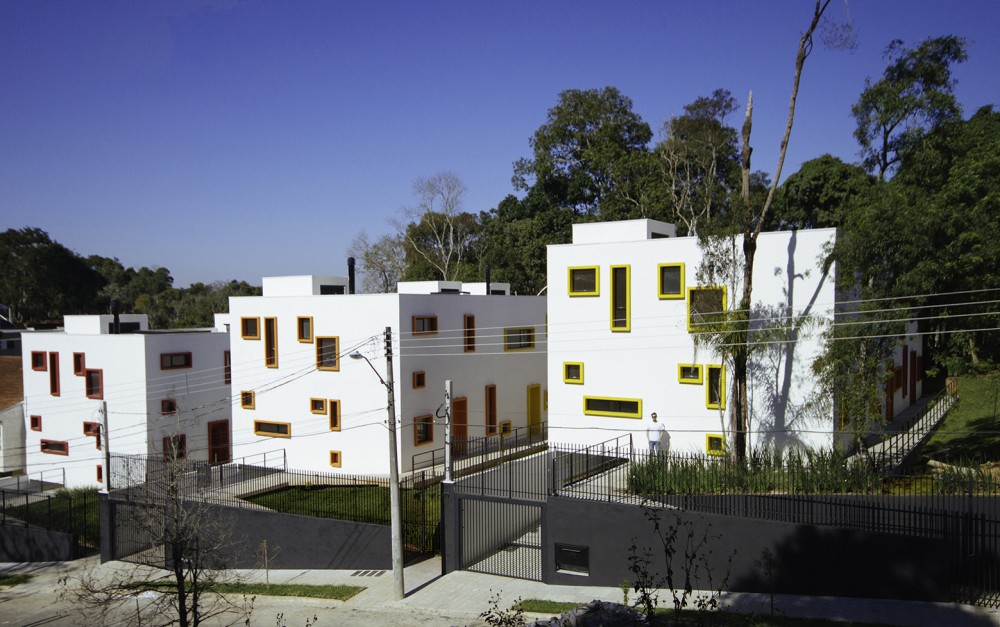
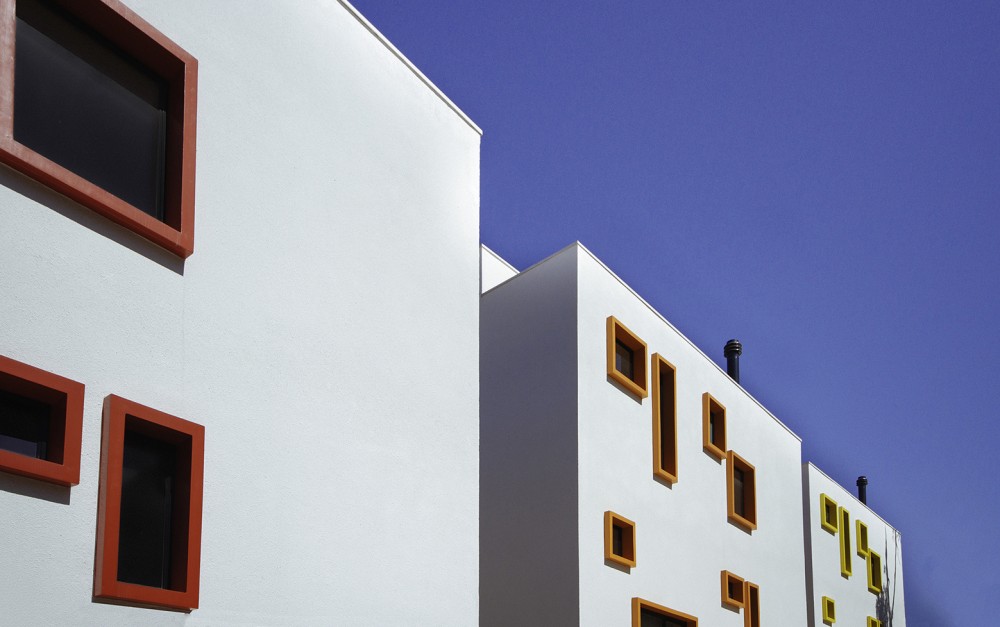
Photos by Felipe Gomes
The architects of this new project in a remote neighborhood north of Curitiba wanted to create a sense of distinction between the three complexes and nearby houses. They do so by treating the exterior façades as a canvas onto which narrow windows are etched in seemingly whimsical fashion – though their order strategically aligns with the layout and functions of the rooms inside. The colorful composition of square and rectangular frames on the white plaster exterior is a clever homage to Piet Mondrian’s neo-plasticist masterpieces.
The Snail Apartments
By archimatika, New York City, NY
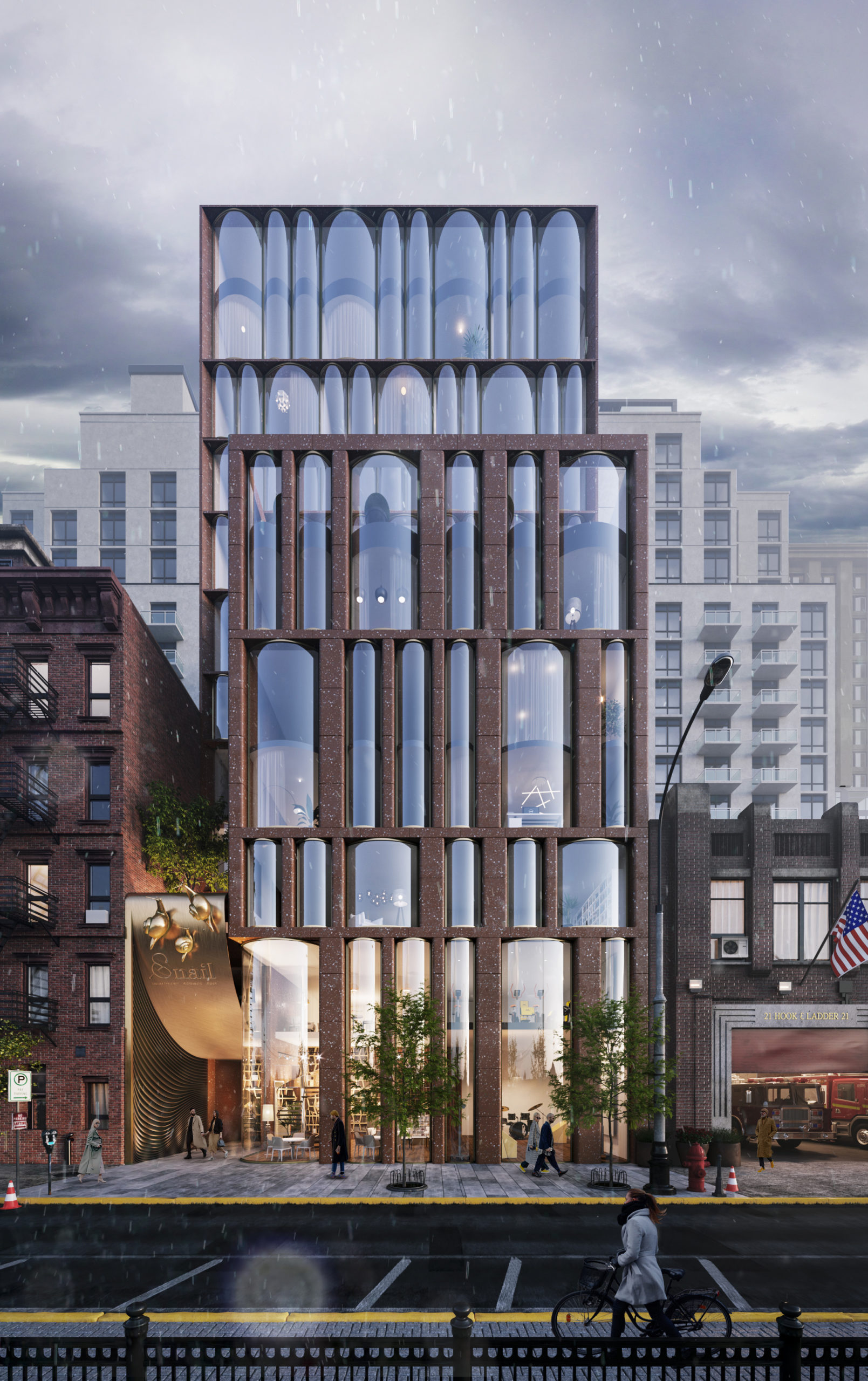
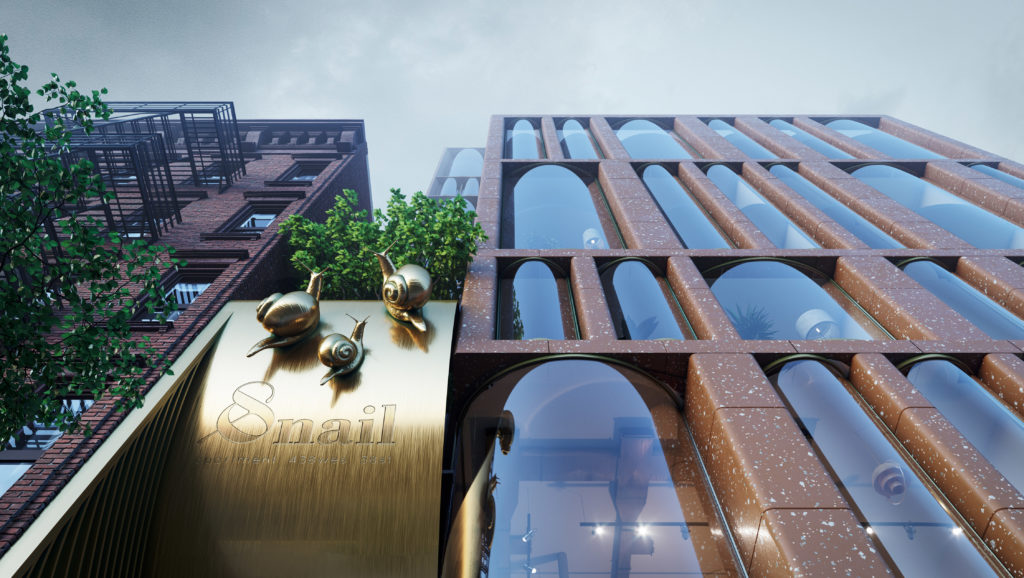 The design concept for this residential project in Chelsea, New York combines features from two different eras of the city’s architectural history: 19th and 20th century brick housing and contemporary glass skyscrapers. Yet, neither inspiration can account for the arrangement of floor to ceiling cylindrical-shaped windows which give the façade a lively character. It’s ironic that the project’s emblem is a snail because the design leaps towards an exciting vision of the future.
The design concept for this residential project in Chelsea, New York combines features from two different eras of the city’s architectural history: 19th and 20th century brick housing and contemporary glass skyscrapers. Yet, neither inspiration can account for the arrangement of floor to ceiling cylindrical-shaped windows which give the façade a lively character. It’s ironic that the project’s emblem is a snail because the design leaps towards an exciting vision of the future.
House in S.Abbondio
By wespi de meuron romeo architects, Locarno, Switzerland
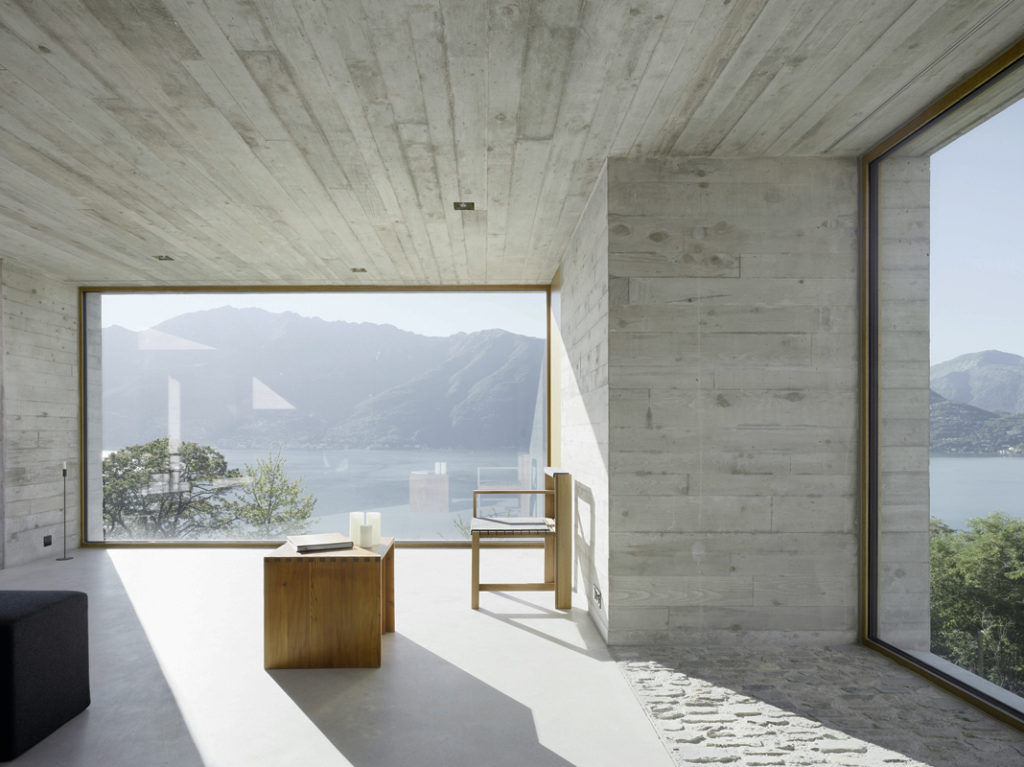
Photos by Hannes Henz
 Standing on a steep slope near Lake Maggiore in the Swiss Alps, this new house keeps things simple with a cubic shaped structure and wood panel cast concrete walls. The irregularly placed large square and rectangular windows breaks with the monolithic façades and ensures no view of the stunning lake goes unseen.
Standing on a steep slope near Lake Maggiore in the Swiss Alps, this new house keeps things simple with a cubic shaped structure and wood panel cast concrete walls. The irregularly placed large square and rectangular windows breaks with the monolithic façades and ensures no view of the stunning lake goes unseen.
House Au Yeung
By Tribe Studio, Sydney, Australia
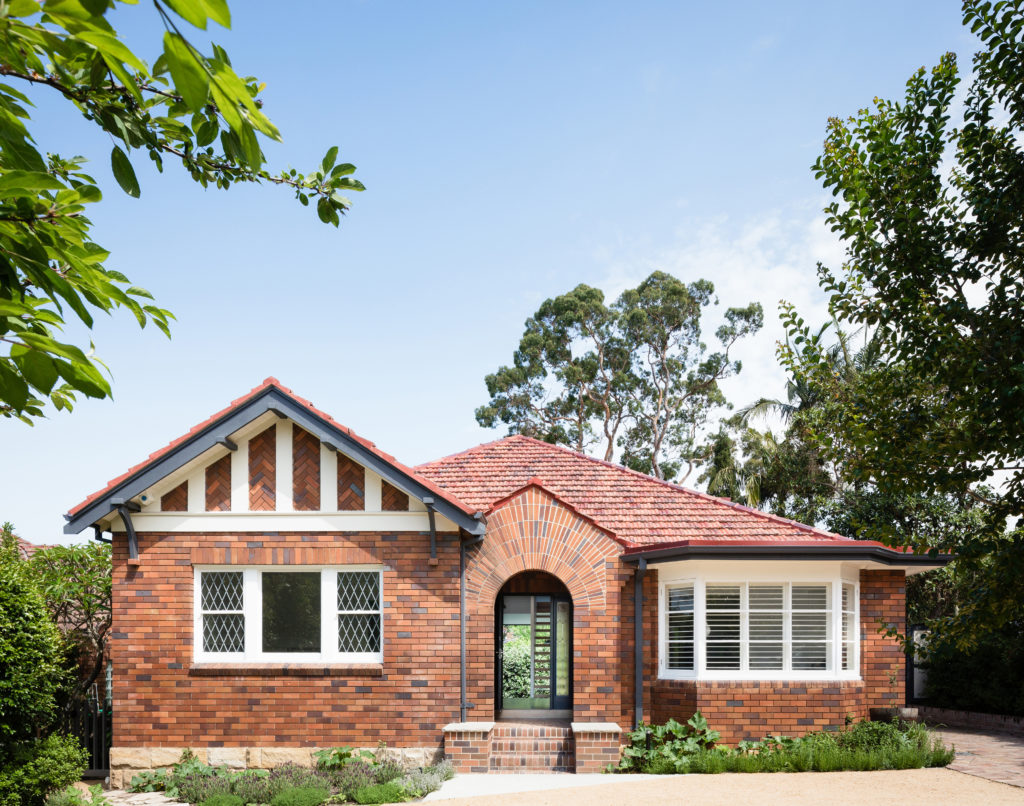
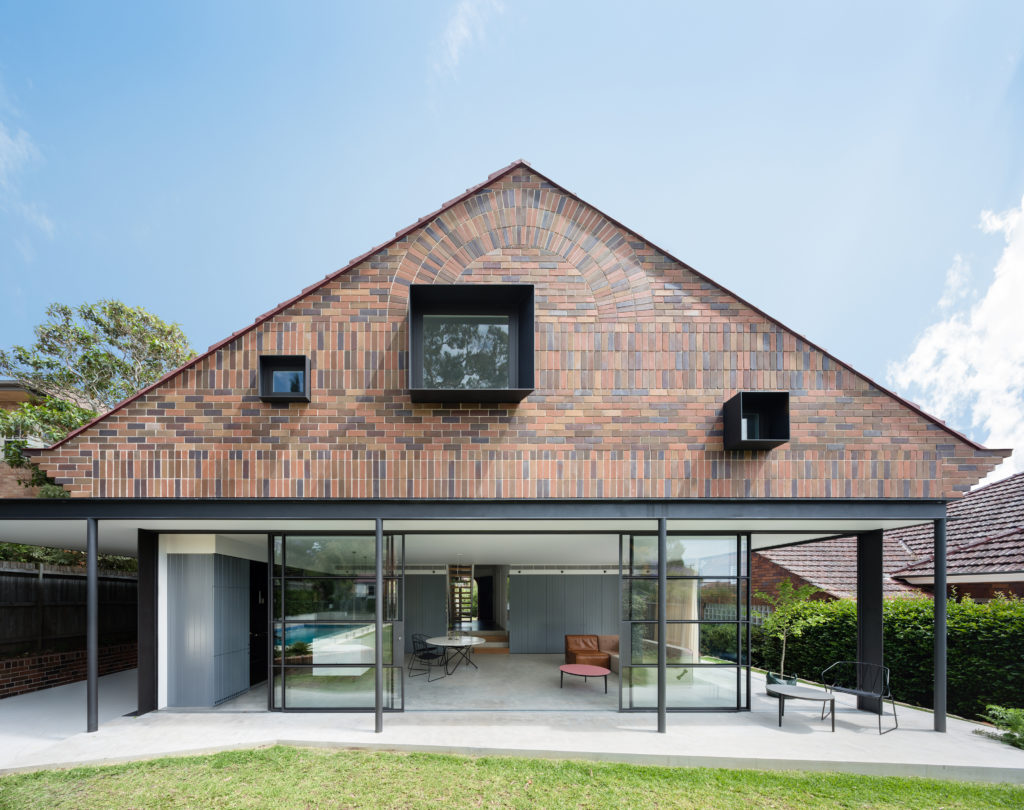 The rear extension to this modest 1930s bungalow in a leafy Sydney suburb reproduces many of the sensible design choices of the original house: herringbone brick gables, a brick sunburst and some Tudor detailing among other details. However, three deep-set square windows bring a pop of modernity to the rear façade, matching the design ethos of the new living room on the floor below.
The rear extension to this modest 1930s bungalow in a leafy Sydney suburb reproduces many of the sensible design choices of the original house: herringbone brick gables, a brick sunburst and some Tudor detailing among other details. However, three deep-set square windows bring a pop of modernity to the rear façade, matching the design ethos of the new living room on the floor below.
Jazz Loft
By T2.a Architects, Budapest, Hungary
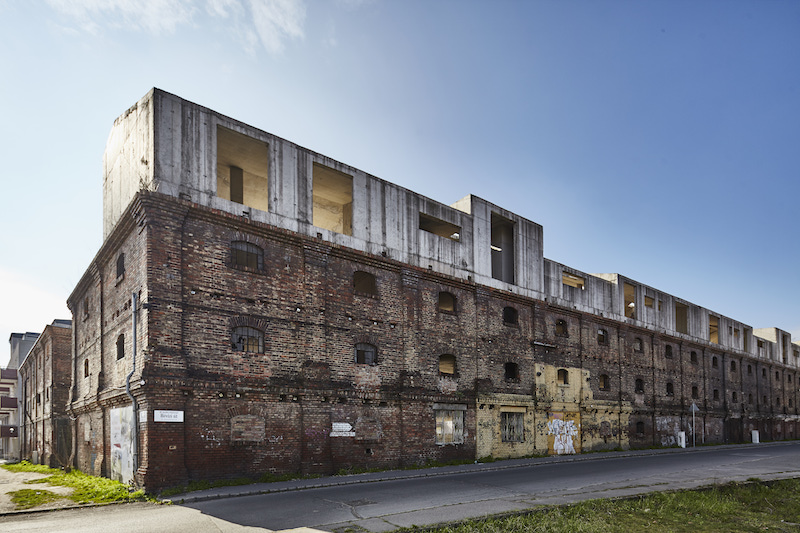
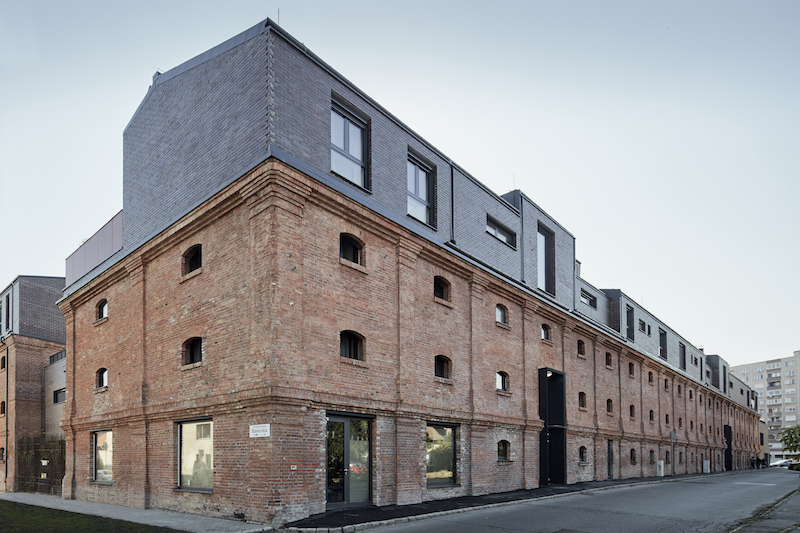
Photos by Zsolt Batar
This residential building is the culmination of a fifteen year-long meticulous renovation and restoration project of an abandoned 19th century mill on the outskirts of Budapest. The decaying façade was refurbished and reinforced but maintained almost identically to its original configuration. Not only does this give a fresh face to the old building, it also helps reinterpret the industrial design elements for the new residential purpose.
Most notably, the row of windows on the top floor is now highlighted by a dark-grey brick cladding and draws attention to their random assortment of shapes and sizes; what were once functional windows designed for the mill now give an improvisational dynamism to the building, making it fit for the name “Jazz Loft”.
House A&J
By CKX architects, Eindhoven, Netherlands
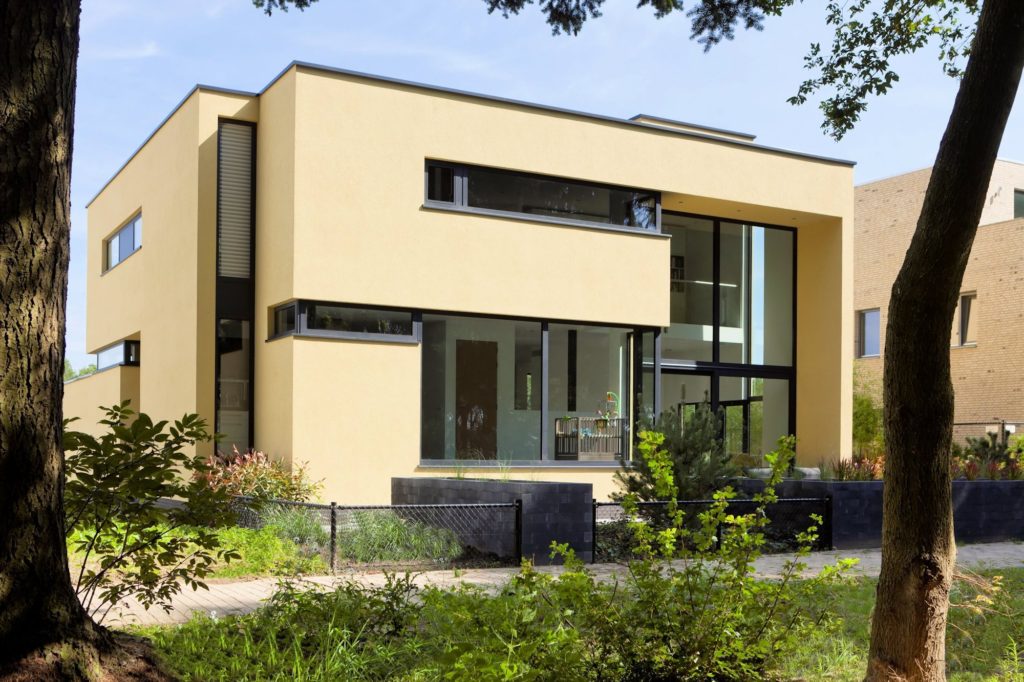
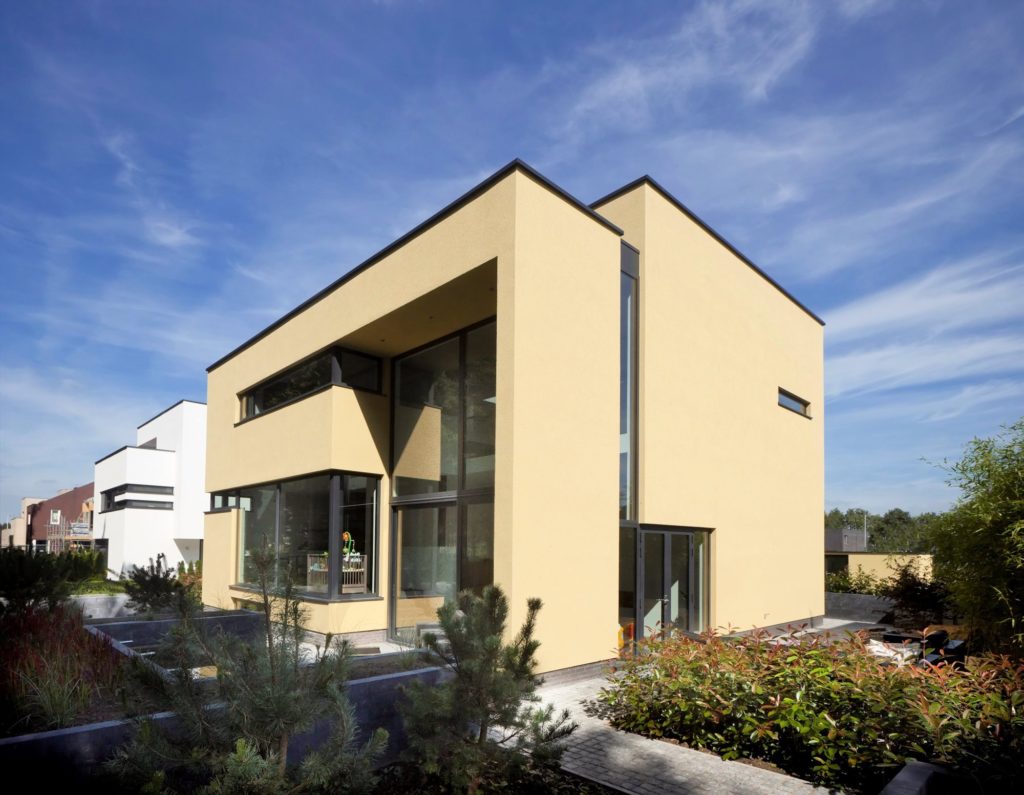 This new residence in Eindhoven is a playful remix on Le Corbusier’s ribbon window. The architects add a vertical dimension to the horizontal windows, ensuring one continuous flow of glass over two floors carved within the yellow cubic volumes. These offer generous vertical views of the nearby forestry while maintaining enough privacy for the second-floor bedrooms.
This new residence in Eindhoven is a playful remix on Le Corbusier’s ribbon window. The architects add a vertical dimension to the horizontal windows, ensuring one continuous flow of glass over two floors carved within the yellow cubic volumes. These offer generous vertical views of the nearby forestry while maintaining enough privacy for the second-floor bedrooms.
Fidalga_727
By Triptyque Architecture, São Paulo, Brazil
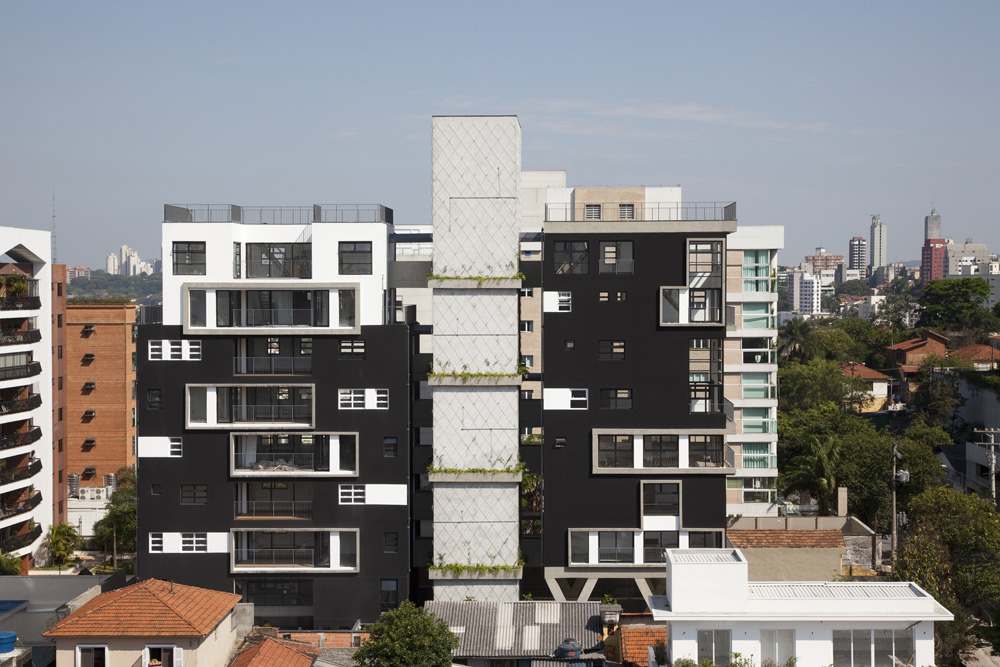
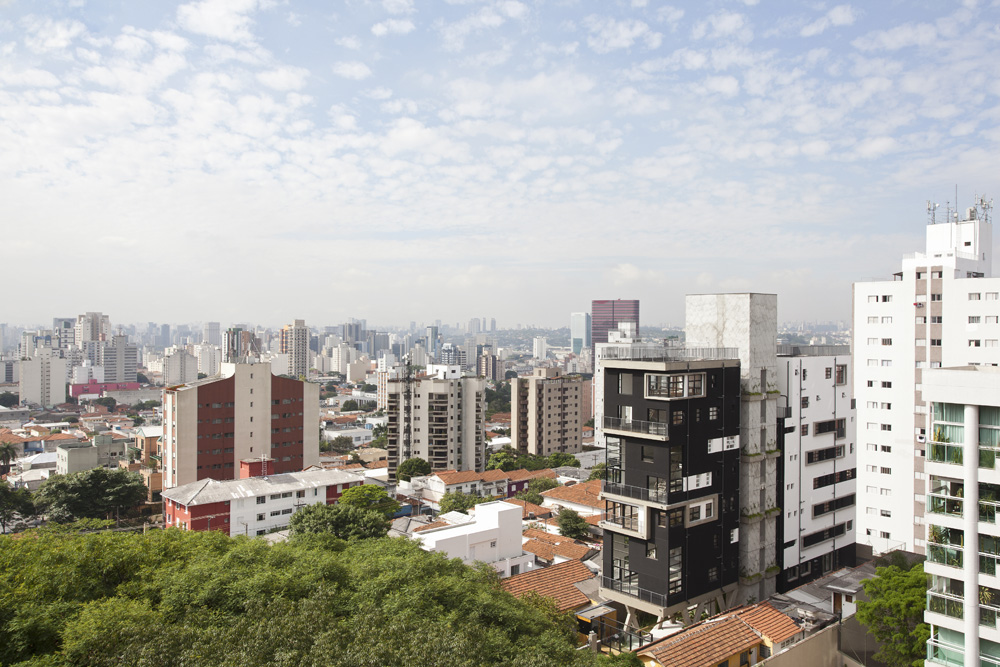
This new high rise apartment block in a middle-class neighborhood of São Paulo references the Paulista School — one of the major 20th century movements in Brazilian Brutalist architecture — with an elevated concrete structure and a building body fragmented into three parts. Somewhat ironically, it’s the Bauhaus-inspired window pattern (reminiscent of Walter Gropius’s Bauhaus Dessau) that takes the building into the 21st century.
Architizer is thrilled to announce the winners of the 10th Annual A+Awards. Want to earn global recognition for your projects? Sign up to be notified when the 11th Annual A+Awards program launches.

